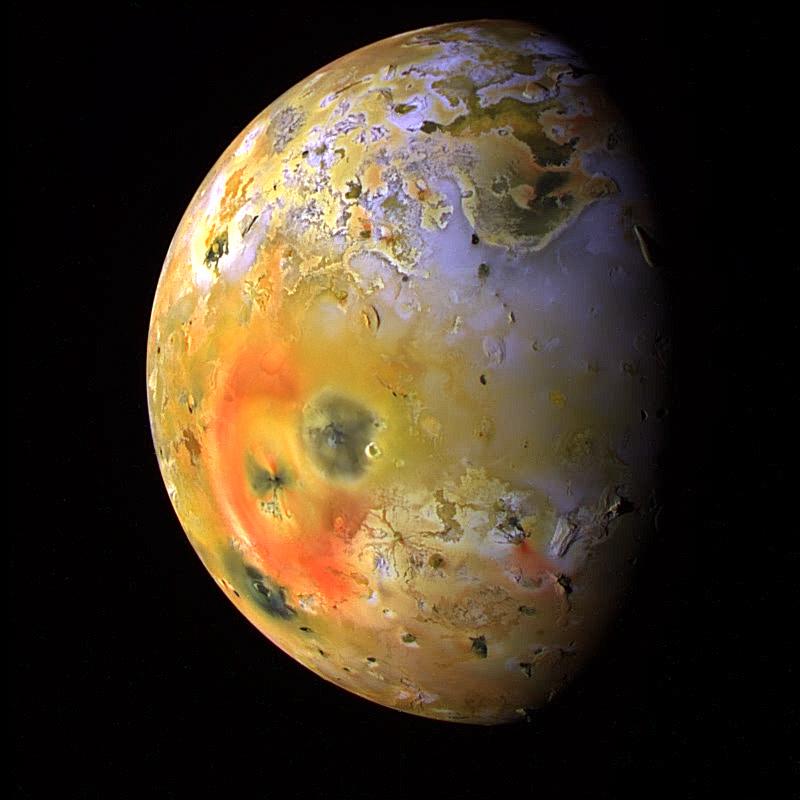Added 1 new A* page:I've been naughty and getting A* pages up a little later in the evening...okay more like in the wee hours of the next morning...than I should in the past few days because I've been binging on the archives of the webcomic Bad Machinery and the not-drawn-in-Illustrator chapters of its predecessor, Scary Go Round. They're about plucky British schoolgirls who solve zany mysteries and say things like "cor"; together with author John Allison's off-kilter dialogue, often bizarre plots, and quirkily elegant artwork, I don't know if anything could possibly be more charming.
I'd hesitated to get into it because his comics have been around forever and are frequently cited by the popular webcomic crowd, but looking at his viewer numbers it appears that his comics are rather under-read considering how lovely they are, so supporting them is entirely acceptable to that otherwise jealous, success-hating section of my lizard brain. I've duly added Bad Machinery to my webcomic reading list.
~~~~~~~~~~
Came across an interesting AP article saying that, by looking for gravitational lensing of background stars, astronomers observing a slice of the Milky Way have found ten possibly Jupiter-sized planets that are either in very, very wide orbits around distant stars, or not in stellar orbits at all. And if you think about it, that shouldn't be too unexpected, since it's thought that even in the formation of our own solar system there were planets crashing around all over the place. It's kind of neat to think that space could be filled with just as many rogue planets as stars. The article doesn't mention it, so maybe there's a reason why this wouldn't be the case, but it occurred to me also that some of these could simply be very, very small would-be stars that failed to accumulate the requisite mass for stellar fusion--sort of sub brown dwarfs.
~~~~~~~~~~
This recent NASA article says that data from the Galileo spacecraft (sent to Jupiter in 1989, intentionally crashed into the planet in 2003) shows that Jupiter's moon Io--the only other active volcanic body in the solar system aside from Earth--(here's an "enhanced color" photo of Io by Galileo)

image by NASA (source)
has a 50-kilometer-thick ocean of magma 30-50 km beneath its surface; other bodies in our solar system, such as Earth, are thought to have had magma oceans after their formation, but these have long since cooled; Io's is kept warm by the pull of Jupiter's massive gravity, which squeezes and stretches the moon by as much as 100 km.
Galileo had picked up unusual signatures in magnetic field data in two flybys of Io, and modern analysis has shown that this was probably caused by the presence of the massive magma ocean described above: it's been found that a certain type of rocks that form from cooling magma ("ultramafic" rocks) "become capable of carrying substantial electrical current when melted," and the presence of these in huge quantities--ie in said massive magma ocean--would explain the magnetic field anomalies caused by Io.
~~~~~~~~~
And I'm not even going to embed this because its too silly, but at certain points like this one in Little Boots' "Earthquake" music video, there's a visual effect that I think is meant to be like a supernova explosion--obviously a slightly cheap effect, but still somewhat effect-ive, I think. Well anyway it's pretty. :P
|
